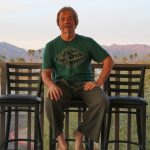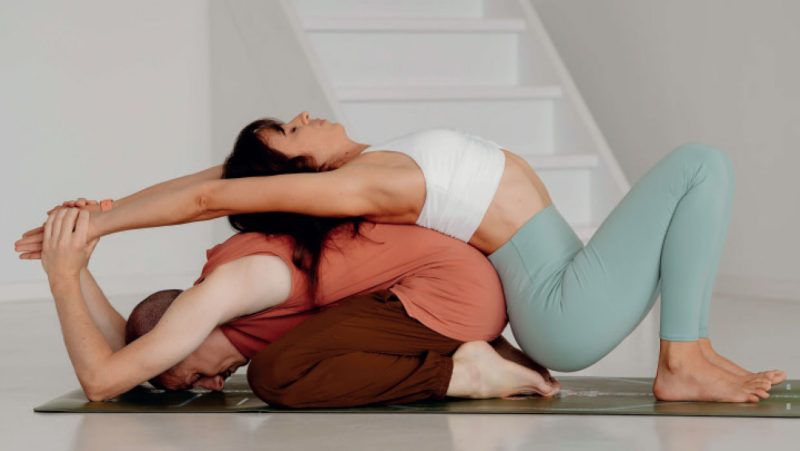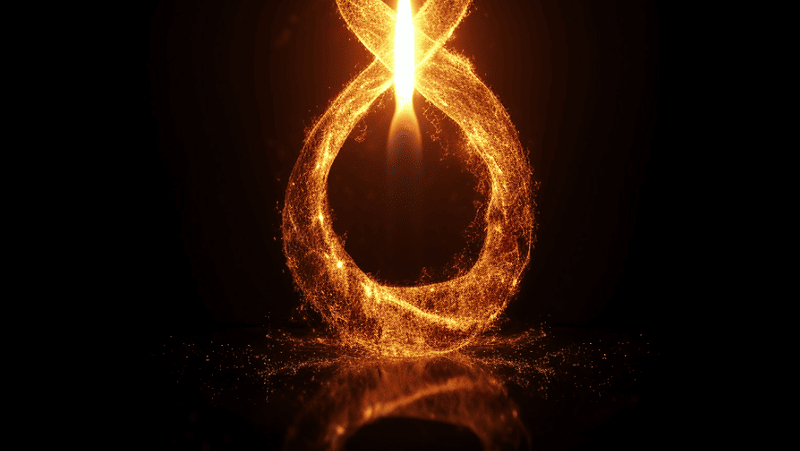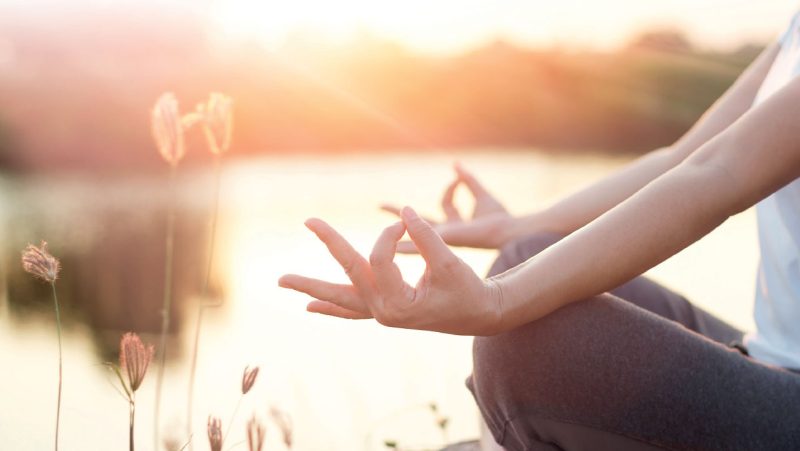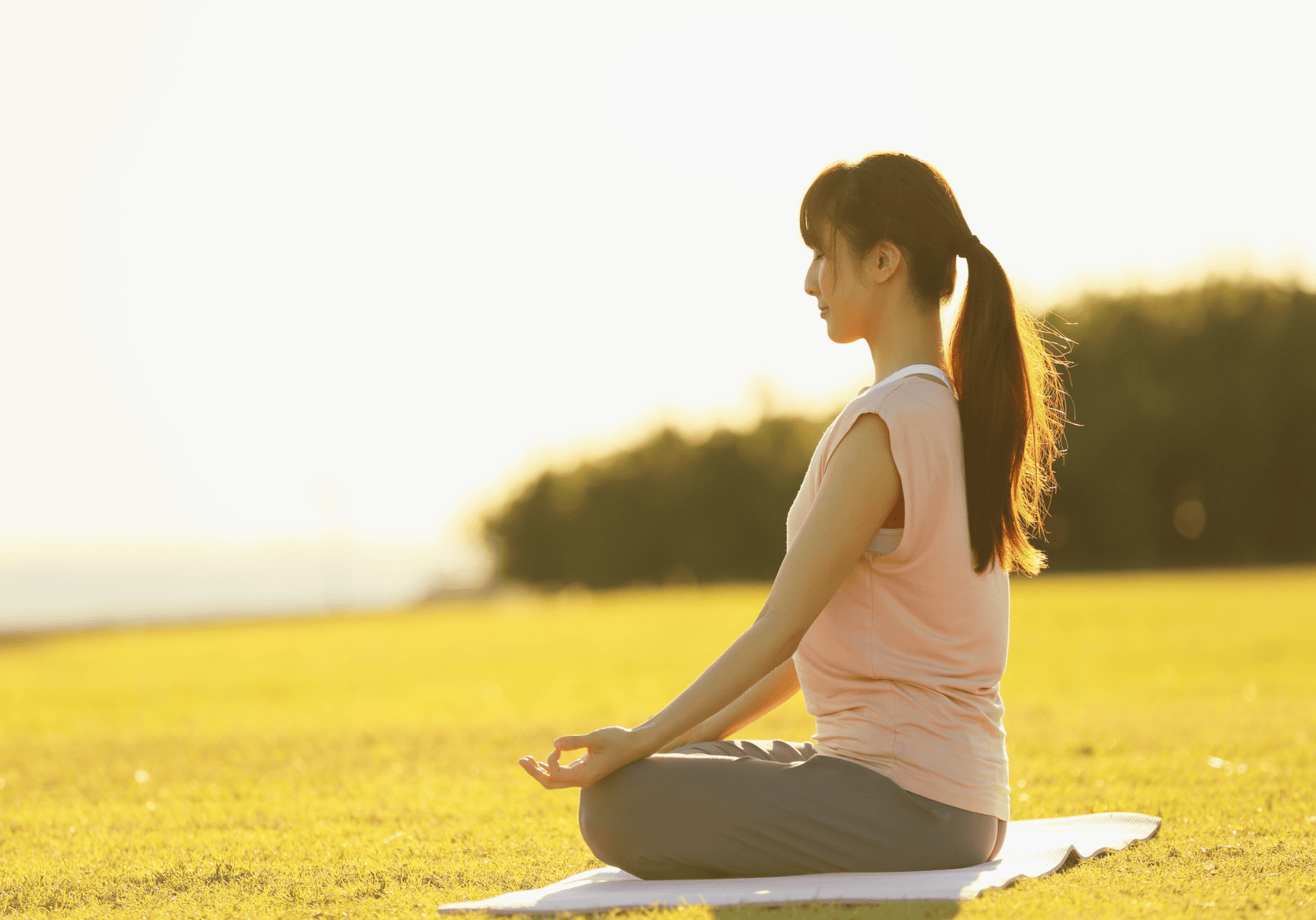
Who Moved the Yoga Mat
Along the way, yoga takes over and the results create changed people. We bend, stretch, breathe deeply, and the yoga pose moves our bodies to more flexibility and efficiency, increased balance, bodily awareness, and a host of other well-documented physical benefits. Along the way, the mind improves too as we enter the land of enhanced concentration, improved relaxation, ease in letting go, and a heightened awareness of what’s important. A result of these differences is what yogis think of as medicine.
Reading time: 2 minutes
I’ve directly experienced yoga’s positive changes and improved flexibility and balance. They are specific and objective measures that bode well for my aging that I can easily demonstrate to anyone. The other aspects are subjective; I cannot qualitatively demonstrate the ability to remain calm in stressful situations, a willingness to let go, better awareness, or better decision making and discernment.
What I’ve learned along the way to any pose, though, is that yoga is not ability; it’s an altered perspective of deeper awareness. Greater awareness is not something I’ve achieved and is not something I can put on a resume as a past job accomplishment. Greater awareness is not a marketable skill as it will not convince an employer that I’d be a good candidate for a managerial position; but when I hold up the mirror of self-awareness, it tells me that I am fluid and open to learn, to change, and therefore poised for personal and professional growth. That’s the kind of person I want for my manager.
But my practice, 13 years in the making, has directly impacted me. If yoga could speak, it would tell me that since I started yoga, my mindset is more agile, my way of looking at life has shifted, and my adaptation to change is fluid, including a move to a new state, new work, a new community, and new goals.
The ability to change was the centrepiece of a best seller in 1998 called Who Moved My Cheese. The premise was that important skills in the new economy will include mental flexibility and the ability to adapt. And while most casual observers of yoga might think yoga is the demonstration of an impressive pose or a group of people chanting and meditating, is that really what’s going on in yoga, or is it something else.
The pose helps you get there, yoga is what happens along the way.
A late-night television program had a segment called “Is it something or nothing?” One instalment had a woman wearing a belt with a large metal plate in front where a buckle would be. She held a large grinder, and on cue, powered the grinder’s spinning stone against the metal of her belt as an explosion of sparks flew up and out.
For 15 seconds, the band played upbeat music during the act and when the sparks and music stopped, the hosts discussed what they saw, and whether it was something or nothing. The hosts agreed that it was something. They couldn’t describe exactly why it was something but thought it was.
Imagine an ordinary yoga person coming on stage to perform a couple of asanas for 15 seconds while the band played. The hosts would discuss what they saw and debate whether the execution of yoga poses was something or nothing. If they thought the yoga pose was nothing, it wouldn’t surprise me, nor would it bother me because I know that yoga is something.
And while not all yogis can articulate exactly why yoga is something, all of us know it as something that happens along the way. Its transformational work, like the elusive cheese, the shifting job market, the sparks flying, is something and by the transformations that happen along the way, we are well served and prepared to adapt to a changing world.

